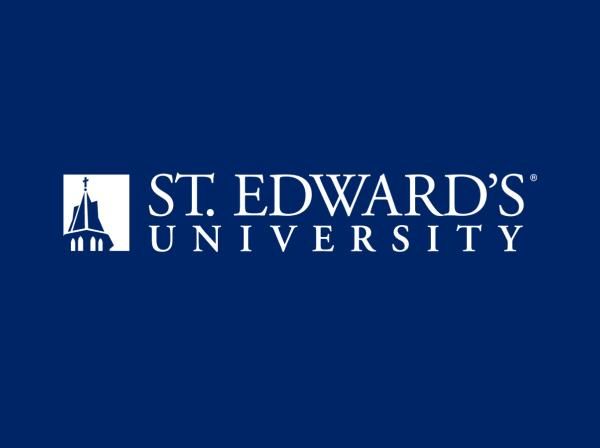8 Partnerships that Protect Wild Basin Preserve in Austin
Wild Basin Creative Research Center is an interdisciplinary laboratory for student research and internships, but the preserve isn’t for (or run by) St. Edward’s alone. The university collaborates with other governmental entities and volunteers to manage the preserve, and thousands of Austin area schoolchildren and nature lovers explore its network of trails every year. Here’s how key partnerships care for and protect this treasured wilderness.
1. St. Edward’s partners with Travis County, which owns two-thirds of the preserve, to manage Wild Basin. St. Edward’s owns the other third, including the Visitor Center.
2. The City of Austin owns the 205-acre Vireo Preserve immediately north and adjacent to Wild Basin. Together, the two preserves comprise more than 430 acres of protected land. Staff from the two preserves collaborate on various research and education programs.
3. Wild Basin is part of the 31,000-acre Balcones Canyonlands Preserve (BCP), a network of lands in western Travis County that protect habitats for endangered species including the golden-cheeked warbler. The City of Austin and Travis County jointly hold a permit from the U.S. Fish and Wildlife Service to manage the BCP as mitigation lands for allowed development outside of the preserve network.
4. The Lower Colorado River Authority co-owns with the county a small tract of land in Wild Basin and collaborates with St. Edward’s on water-quality assessments in Bee Creek, which runs through the preserve.
5. Volunteers were critical in establishing Wild Basin and remain integral to its programs. In the past year, a team from the Austin Association of Facility and Maintenance Engineers rebuilt a trash and recycling kiosk and refurbished and rodent-proofed a research storage building. Young adults in the Texas Conservation Corps helped repair trails. Other volunteers help with education, biological inventory, preserve management, trail maintenance and administrative tasks.
6. Many of the private landowners who are Wild Basin’s neighbors enjoy hiking and volunteering at the preserve, and collaborate on projects like the Austin Wildlife Watch, part of a national study that uses game cameras to document species that frequent the area.
7. With the help of the Hill Country Alliance, Wild Basin is applying for the “Urban Night Sky Place” designation from the International Dark-Sky Association, which works to protect the natural night sky from light pollution.
8. The Texas Parks and Wildlife Department (TPWD) provided funds to establish the preserve in the 1970s, and in return required that the land be maintained as a wilderness area open to the public for recreation. Wild Basin staff members collaborate with the TPWD on citizen science efforts.


